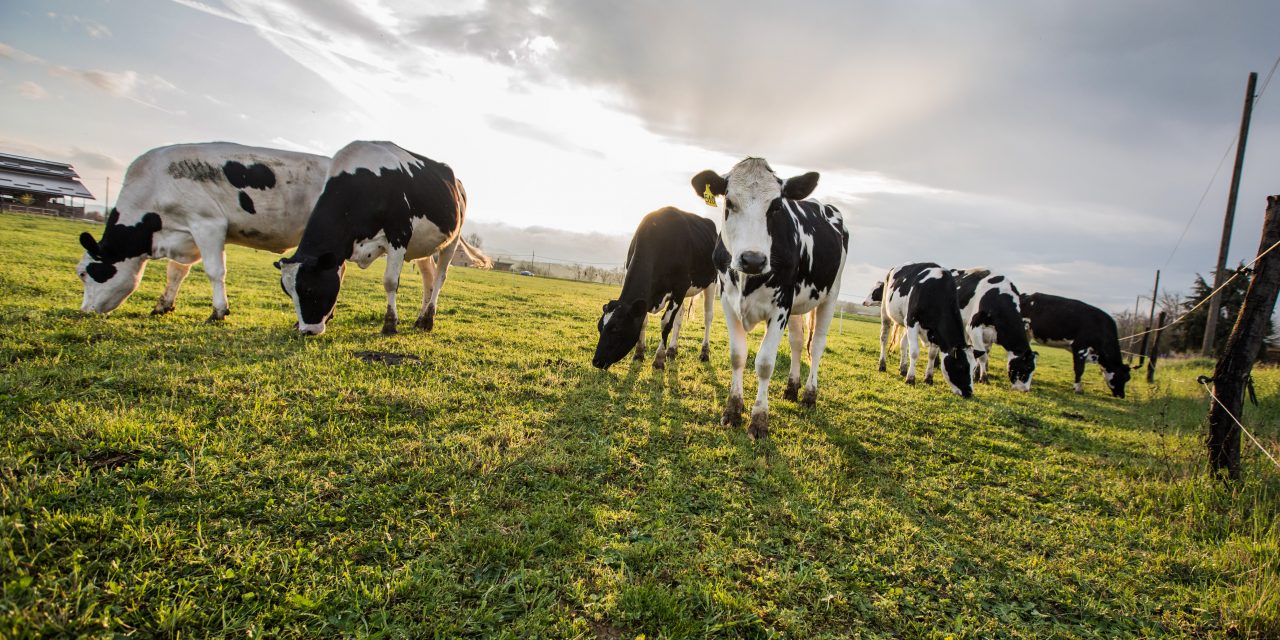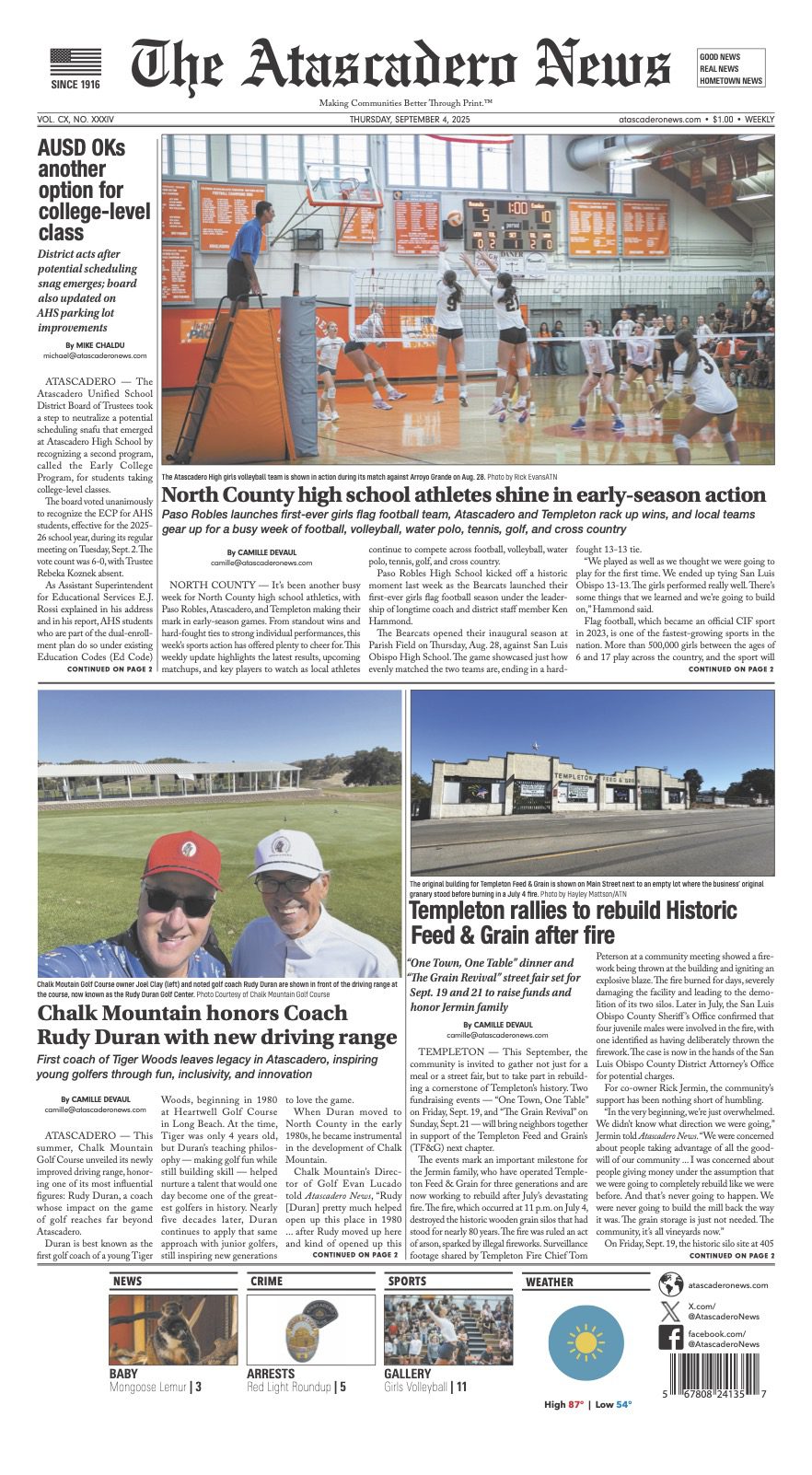Largest Water Cut-Offs in California History Continues
CALIFORNIA — On Aug. 3, the State Water Resources Control Board (SWRCB) voted 5-0 to follow through with an emergency curtailment order, eliminating the 2021 surface water supply to agriculture for the majority of the State.
The order is now the largest water cut-off in California history, with over 5,700 water rights holders affected with roughly 12,500 water rights from north of Lake Shasta to Fresno.
Specifically, the order prohibits water rights holders from diverting surface water for farming or agricultural use.
The SWRCB voted to curtail water from farmers on the basis that there is not enough water flow for endangered fish and preserve water flows for drinking water. Particularly, the agency’s officials said river flows must be maintained to prevent saltwater from the Pacific from contaminating the Delta.
Official curtailment orders were meant to be sent out and implemented two weeks following the vote. However, no notices have yet been received.
Of course, this is not the first time a curtailment order has been put into action. Those along the Russian River in Northern California are no strangers to it.
However, no order has ever affected this many farmers and included pre-1914 appropriative and some riparian water rights holders.
Many are arguing whether the State has the jurisdiction to place any order on pre-1914 rights holders.
Types of Water Rights
A riparian water right applies to a landowner whose property borders a river and has the right to use this water on his land.
These rights were recognized back in 1850 when California was granted statehood, but the current water rights system wasn’t established until 1914.
An appropriative water right means the water right was “appointed” to the owner of the right, in contrast to riparian rights where the water right stays with the land.
Appropriative rights acquired prior to 1914 are called pre-1914 water rights and typically do not require a permit. Anything acquired after is a post-1914 water right.
The oldest rights are referred to as senior water rights.
Junior water rights are typically the first to go when it comes to curtailment orders. These rights are the newest rights appointed to the owners.
It is said to be extremely rare for senior or riparian water rights to be curtailed.
However, three notice letters were sent out in the last five months warning water rights holders of the impending conditions.
A notice sent on Jul. 23 notified senior water rights holders in the Sacramento and San Juaquin watersheds that supply is insufficient for diversion under some pre-1914 appropriative claims or some riparian claims.
Post-1914, water rights holders were already being restricted in April of this year and have now been ordered to cease diversion of water for agricultural use in the Delta.
Now, water rights owners on the Scott and Shasta Rivers are facing a similar curtailment order.
The California Farm Water Coalition (CFWC) said in a statement following the vote on Aug. 3, “While criticisms of California’s water rights are common during droughts among those looking to reshuffle the deck, they shouldn’t ignore our state and federal leaders’ failure to meaningfully prepare for this drought.”
Founded in 1989, the CFWC is a non-profit, educational organization that provides fact-based information on farm water issues to the public.
Mike Wade, the coalition’s Executive Director, said, “We’ve got to start preparing yesterday for the next drought. It could rain like mad this year and fill our reservoir all up, and then people forget what happened.”
According to the State Water Board’s media release on Aug. 3, without a curtailment order, “Upstream reservoirs are drained below critical levels—[endangering] irrigation supplies for nearly 3 million acres of farmland should drought continue; into a third year.”
Wade reiterates that “This is a long-term problem.”
He explains that essentially when times are good and water is plentiful, people forget about the flaws in the system for when we enter a drought.
Beef and Dairy
Effects of the drought have begun to ram the beef and dairy industry head-on. Throughout California, pastures are bare with the fraction of the feed they usually supply cattle.
Like every dry year, hay sales go up with everyone grasping for feed to get them to winter. With more demand on the hay market, naturally, its cost also increases.
Additionally, farmers in the Klamath Basin (which sits just over the Oregon border) were cut from their water supply earlier this year. Irrigation water has been diverted to save fish sacred to the Klamath tribes. This has created something known as the Klamath Water Wars between the farmers and Native Tribes.
Farmers in the Klamath Basin grew a large chunk of hay which sold throughout California. Without that incoming crop, the supply of hay has shrunk.
Hay is in such a high demand that truckloads are being sold before bales leave the field.
Its obvious feed will be short following a low rainfall year. As a result, ranchers are often left with a choice: sell or find feed.
Jennifer Beretta, a dairy farmer in Santa Rosa, told the SacramentoBee between the drought drying up their pastures and feed prices increasing, milking cows has become unprofitable. Their family has already sold off more than 40 milking cows and could be selling more before long.
“If you can’t afford to feed them, you don’t want to go into debt,” Beretta said. “It’s frightening. …You just try to prepare for the worst.”
Now What
Beretta’s words probably hit home to a lot of farmers and ranchers right now.
According to Wade, he is seeing a lot of farmers preparing for another dry year.
Luckily many crops are now at the end of their irrigation season and won’t need the water. But those who farm longer seasoned commodities have to figure out their next move.
But the current curtailment is set to be in place until the next growing season—leaving farmers to begin strategizing how to get through another year with possibly no water.
Right now, farmers and ranchers are waiting. They are waiting for final curtailment orders. Waiting to see who will be cut off next.
And after they get through that, they will wait again—for rain.
For all resources, visit pasoroblespress.com
Resources:
Sacramento Bee
https://www.sacbee.com/news/california/water-and-drought/article253221993.html
https://www.sacbee.com/news/california/water-and-drought/article252752283.html
California Farm Water Coalition
California Water Board Media Release
Potentially Affected Claims
California Cattlemen’s Association
https://calcattlemen.org/2021/08/02/legislative-bulletin-august-2-2021/















